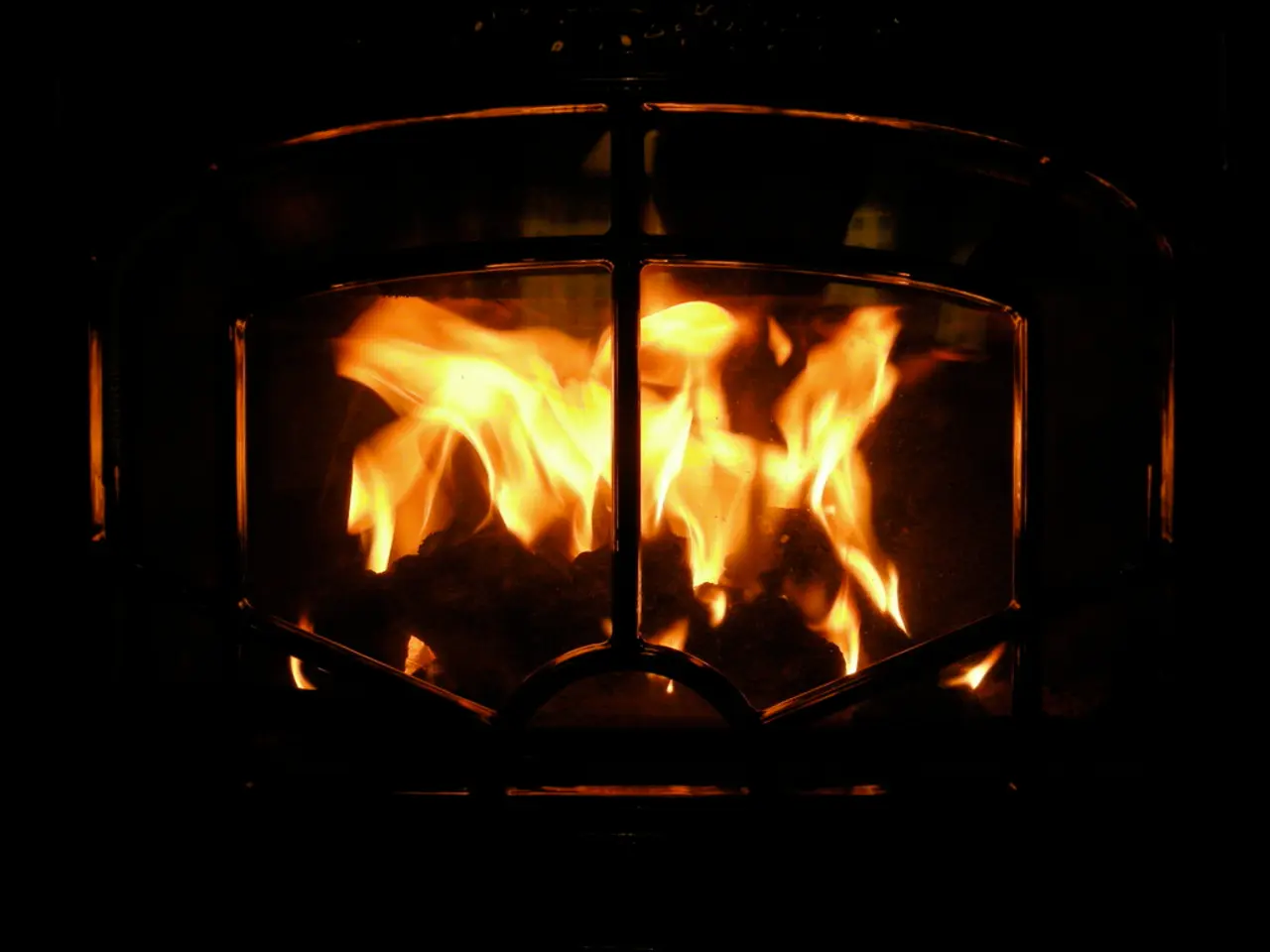Methods for Maintaining Freshness in Vegetables, Fruits, and Herbs
In cold climates, food preservation plays a crucial role in ensuring a steady supply of fresh produce during the long winter months. With various methods available, individuals can choose the best techniques for their specific fruits and vegetables based on their moisture content, acidity, and sensitivity to temperature and ethylene gas.
### Key Long-Term Storage Methods and Their Suitability by Produce Type
| Method | Best For | Storage Duration | Ideal Cold Climate Use | Notes | |--------------------|---------------------------------|----------------------|----------------------------------------------------------|---------------------------------------------| | **Drying/Dehydration** | High-sugar fruits (apples, bananas, grapes); low-moisture vegetables (carrots, bell peppers, onions) | 1-5 years for fruits; 8-12 months for vegetables | Store in airtight containers (Mylar bags, glass jars) with oxygen absorbers in cool, dry, dark places (below 70°F) | Electric dehydrators provide consistent drying; air drying requires low humidity and warm temps (70-80°F), less ideal in cold climate without indoor heat[1][2] | | **Freeze-drying** | Fruits | Up to 25 years | Store in Mylar bags, cool and dry place | Very shelf-stable but requires specialized equipment and space[1] | | **Canning** | Most fruits and vegetables | 5-10 years | Store in original cans or sealed jars in cool (but not freezing), dark place | Pressure canning required for low-acid vegetables; boiling water bath for high-acid fruits pickled or with added acid[1][3] | | **Pickling/Fermentation** | Cucumbers, cabbage, carrots, and other robust vegetables | Months to years | Can be stored in cool places; cellar or refrigerator preferred | Produces probiotics; ideal for cold climate as fermentation can occur indoors[2][4] | | **Freezing** | Most vegetables and fruits | Several months to a year | Freezing is ideal in cold climates with reliable electricity | Best to blanch vegetables before freezing to preserve texture and nutrition[4] |
### Additional Cold Climate Considerations
- **Root Cellars:** Many root vegetables (potatoes, carrots, beets) and hardy fruits (apples, pears) store very well in root cellars or cold storage environments just above freezing with high humidity. This natural refrigeration method is ideal in cold climates, prolonging freshness for months without freezing[3].
- **Separation by Ethylene Production:** Some fruits (apples, pears) emit ethylene gas, which accelerates ripening. Store these separately from ethylene-sensitive vegetables (carrots, leafy greens) even in cold storage to avoid premature spoilage[5].
- **Airtight Containers:** Using airtight containers reduces moisture loss and prevents quality degradation for dried and freeze-dried products. Oxygen absorbers extend shelf life by limiting oxidation[1][2].
### Summary of Best Long-Term Storage for Common Fruits and Vegetables in Cold Climates:
- **Apples, Pears:** Store fresh in cold root cellar or use dehydration/freeze-drying for long shelf life. - **Carrots, Beets, Potatoes:** Store fresh in root cellar or process by dehydration or canning. - **Leafy Greens (kale, spinach):** Best dehydrated or fermented; fresh freezing possible. - **Tomatoes, Peppers:** Can be canned, dehydrated, or frozen. - **Berries:** Freeze or dehydrate; canned preserves possible but shorter shelf life.
In cold climates, **root cellars and canning** are highly effective for preserving many fruits and vegetables for long periods without energy-intensive methods. Dehydration and freeze-drying provide stable shelf-stability when indoor conditions are controlled. Freezing is excellent where electricity is reliable.
By combining these methods according to the specific fruit or vegetable type and your climate conditions, you can maximize long-term storage quality and nutritional retention[1][2][3][4][5].
For those interested in learning more about fermentation, the book "Fermented Vegetables" by Christopher and Kirsten K. Shockey is a great resource. Simple dry storage, root cellaring, and earth storage are other methods for long-term food storage. Presto canner is a recommended option for canning, with a version available for induction glass cooktops.
In cold climates, root cellars and canning are beneficial for preserving a variety of fruits and vegetables for extended periods, bypassing energy-intensive methods. Root cellars keep root vegetables like potatoes, carrots, and beets fresh for months, while canning offers long-term storage for many other produce. Dehydration and freeze-drying, when performed under controlled indoor conditions, provide stable shelf-life for selected fruits and vegetables. Freezing is effective, especially in areas with reliable electricity.
The book "Fermented Vegetables" by Christopher and Kirsten K. Shockey serves as a valuable resource for those interested in exploring fermentation, an additional preservation method suitable for a cold climate lifestyle. Simple dry storage, earth storage, and other methods also contribute to long-term food preservation. For canning needs, the Presto canner is a recommended option, with an induction glass cooktop version available for added versatility.




